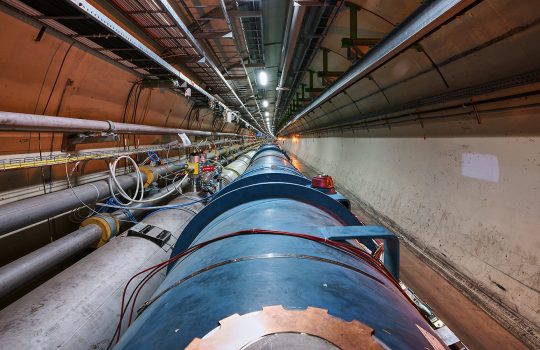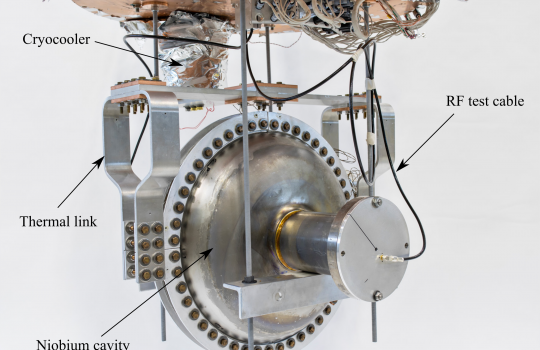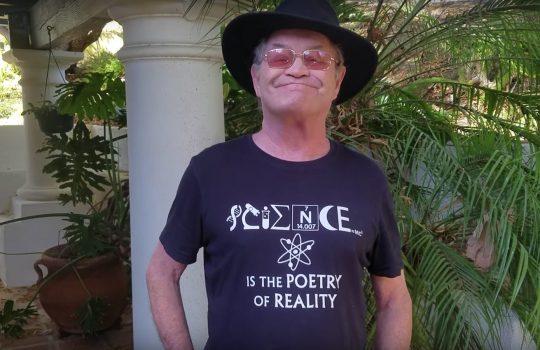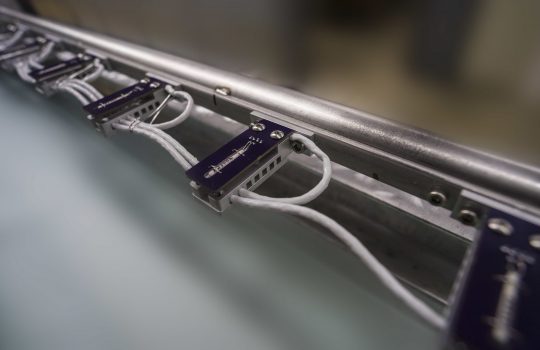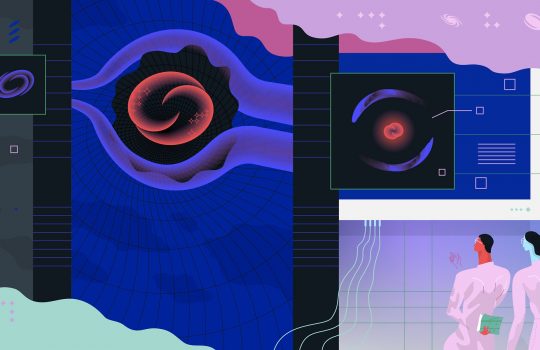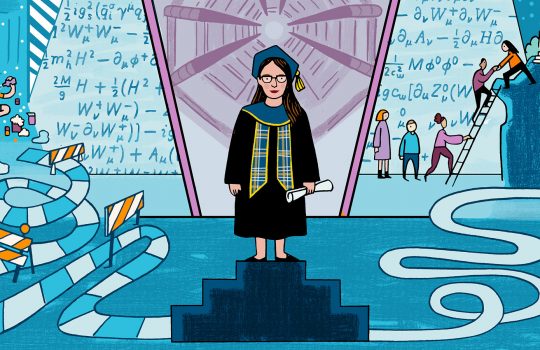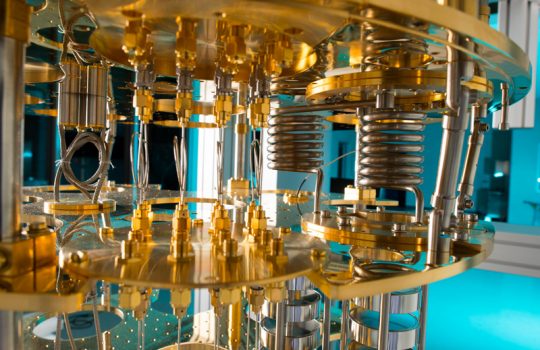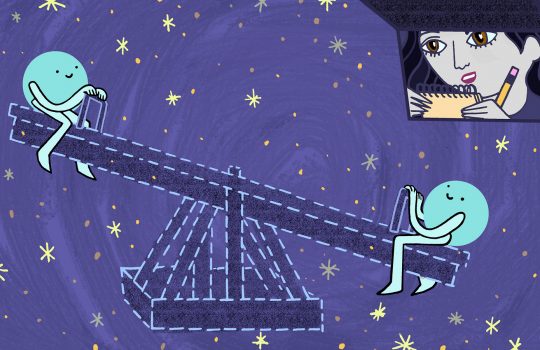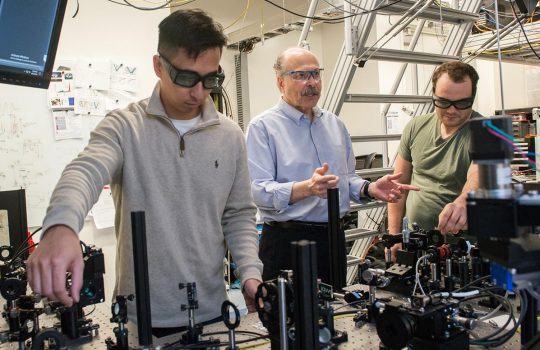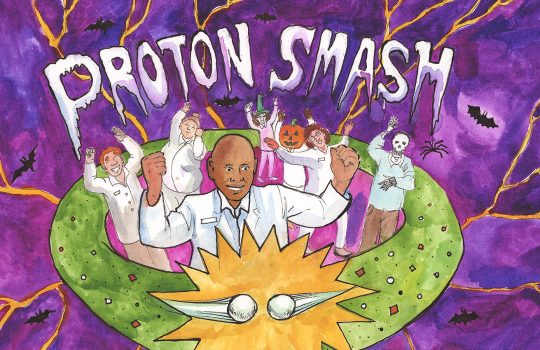LHC ends second season of data-taking
During the last four years, LHC scientists have filled in gaps in our knowledge and tested the boundaries of the Standard Model. Since the start of Run II in March 2015, they’ve recorded an incredible amount of data —five times more than the LHC produced in Run I. The accelerator produced approximately 16 million billion proton-proton collisions — about one collision for every ant currently living on Earth.

